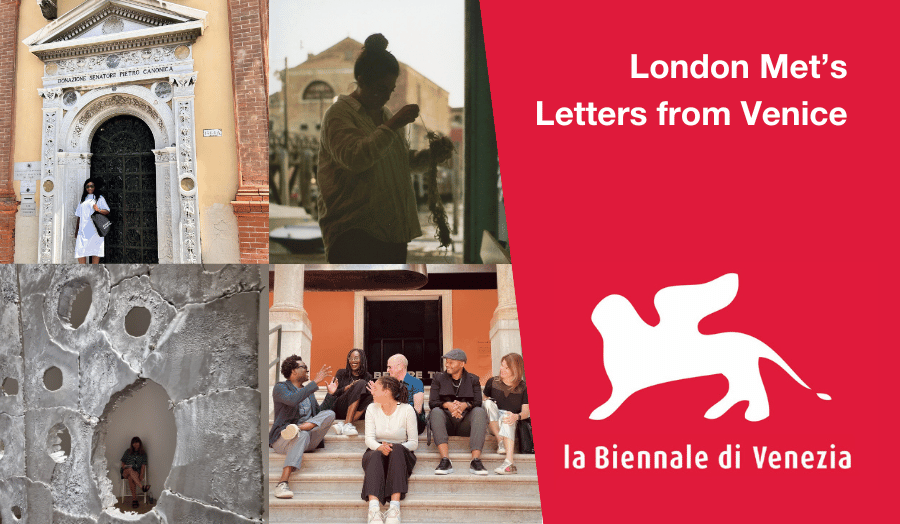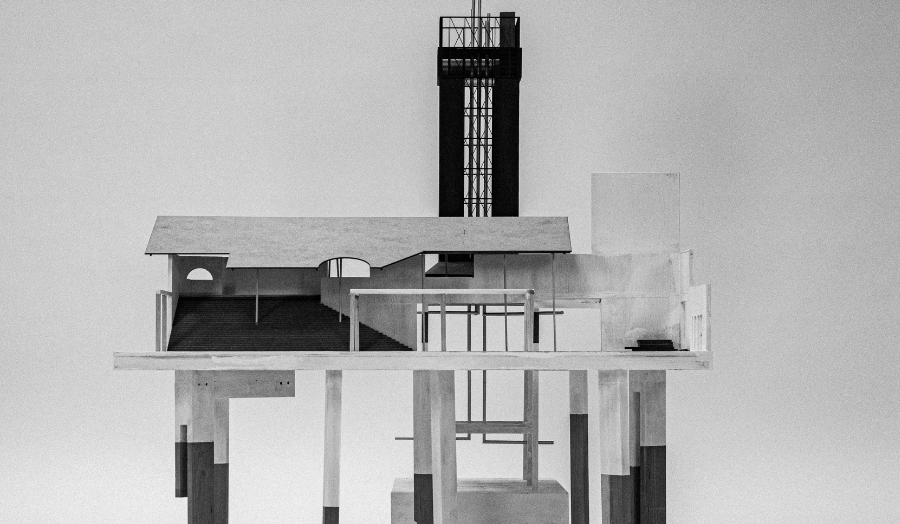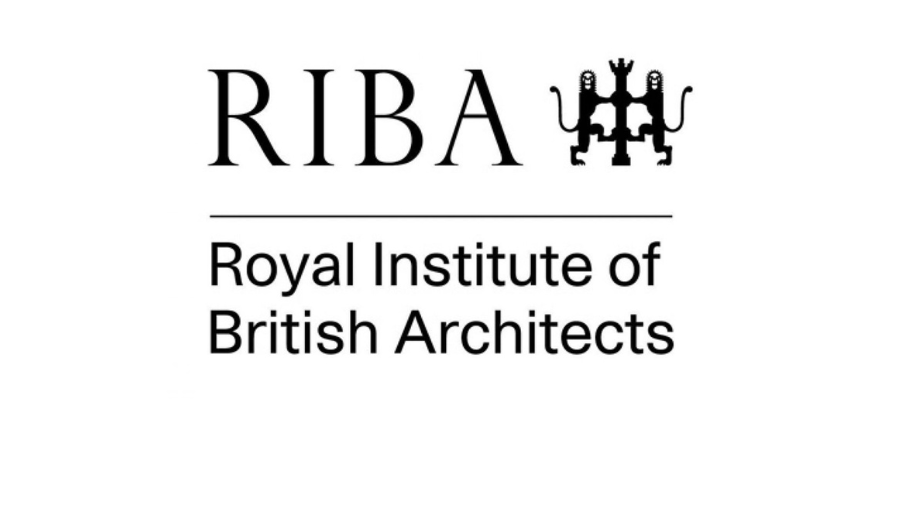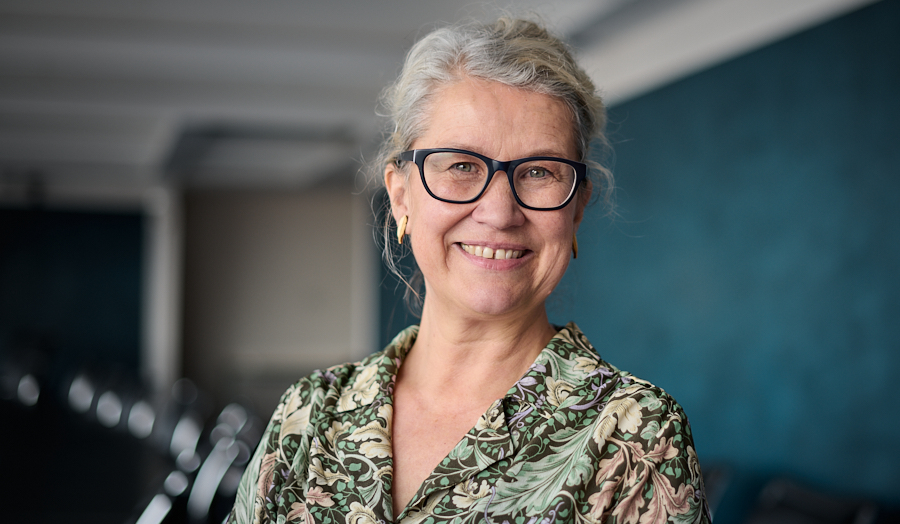Overview
The purpose of this document is to record the current and future proposals for Queen Elizabeth Olympic Park and surrounding areas. The area around the Olympic park has undergone extensive transformation since London won the bid to host the 2012 Olympic Games. This period of transformation is set to continue for many years, and the effect on existing and future communities will be enormous. The research will enable the Diocese of London and Chelsmford to understand the communities, the organisations involved, the physical and social assets, and the plans for delivery, in order to guide the decision-making in the Dioceses and parishes to enable them to offer the delivery of needed social and physical infrastructure to ensure the community is provided for during and after this period of change.
The Diocese of London and Chelmseford have taken this opportunity to work collectively to understand the area of change around the Olympic Park, and understand how to provide for this constantly evolving place and its people. There are very few organisations that have the opportunity to look at this area of East London as a whole, understand the implications of change for many different groups of people, and be able to respond to what is needed.
The body of work offers a strategic overview of the current and proposed areas of change, enabling the Dioceses to take a unified view of the area, and directing them towards specific opportunities and challenges. The approach to this research was to treat the area in question holistically. Many sources only cover particular areas and work to boundaries that can sometime limit the sense of overview to the communities surrounding the Queen Elizabeth Olympic Park (QEOP). No one source includes all of the information contained in this document, which was a critical problem for any stakeholder wanting to understand the type of change being delivered and planned in this area.
This sense of boundary-less investigation was a crucial step in observing the areas of change in their entirety. It was also important in identifying the areas of concern, based on the geography of the problem, irrespective of administrative boundaries. Evidence was gathered from multiple sources, through desktop research, interviews with stakeholders and experts and primary evidence gathering. The result is a new unified source of information based on multiple individual sources of social, economic and physical data, alongside newly created knowledge which amounts to a holistic overview of this part of east London.
The client of this research commission is currently using the research to plan how their organisation will respond and deliver social and physical infrastructure, and use the findings to define their best practice and lobby the London Legacy Development Corporation and other local government parties and stakeholders.





-1-(900-x-524-px).png)








.png)

